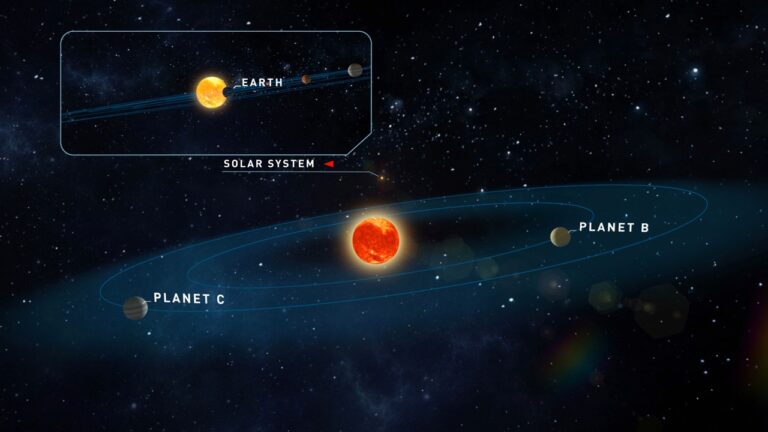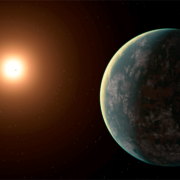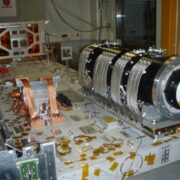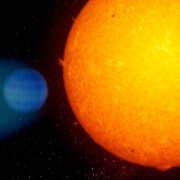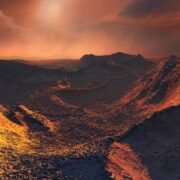Página web del proyecto: https://carmenes.caha.es
Todas las publicaciones:
https://carmenes.caha.es/ext/science/index.html#anchor:refereed
Astrónomo responsable del instrumento: José A. Caballero
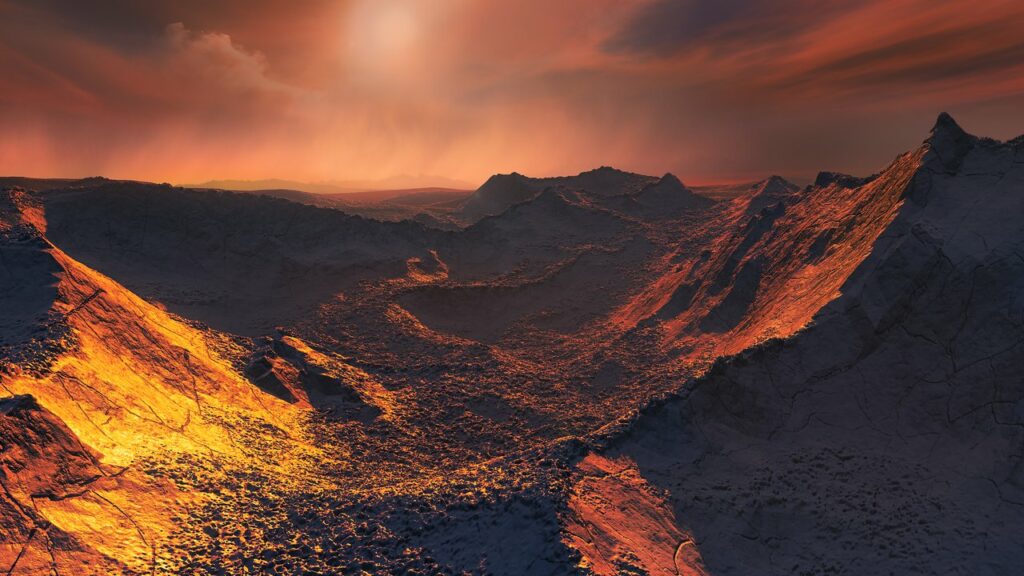
CARMENES (Calar Alto high-Resolution search for M dwarfs with Exoearths with Near-infrared and optical Échelle Spectrographs) es un innovador instrumento concebido para buscar planetas similares a la Tierra. Está instalado en el telescopio de 3,5 metros del Observatorio de Calar Alto en Almería, operado conjuntamente por el Consejo Superior de Investigaciones Científicas; (CSIC) y la Junta de Andalucía.
CARMENES consta de dos espectrógrafos de alta resolución, uno visible y otro infrarrojo, optimizados para la detección de planetas en torno a estrellas cercanas de tipo espectral M, las más frecuentes en la Galaxia, pero también las más frías y débiles. Es un instrumento único en el mundo, tanto en precisión y estabilidad como en aprovechamiento de tiempo de telescopio. Trabaja en condiciones de vacío y con temperaturas controladas hasta la milésima de grado.
Por el consorcio del proyecto CARMENES han pasado más de 200 científicos e ingenieros, principalmente de las 11 instituciones distintas españolas y alemanas que han participado en el diseño, desarrollo, integración y explotación científica del instrumento. En concreto, las instituciones españolas que forman parte del consorcio son: el Instituto de Astrofísica de Andalucía (IAA), Institut de Ciènces de l’Espai (ICE), la Universidad Complutense de Madrid (UCM), el Instituto de Astrofísica de Canarias (IAC), el Centro Astronómico Hispano-Alemán (CAHA) y el Centro de Astrobiología (CAB, CSIC-INTA), mientras que las instituciones alemanas son: Max-Planck-Institut für Astronomie (MPIA), Landessternwarte Königstuhl (LSW), Institut für Astrophysik Göttingen (IAG), Thüringer Landessternwarte Tautenburg (TLS) y Hamburger Sternwarte (HS).






